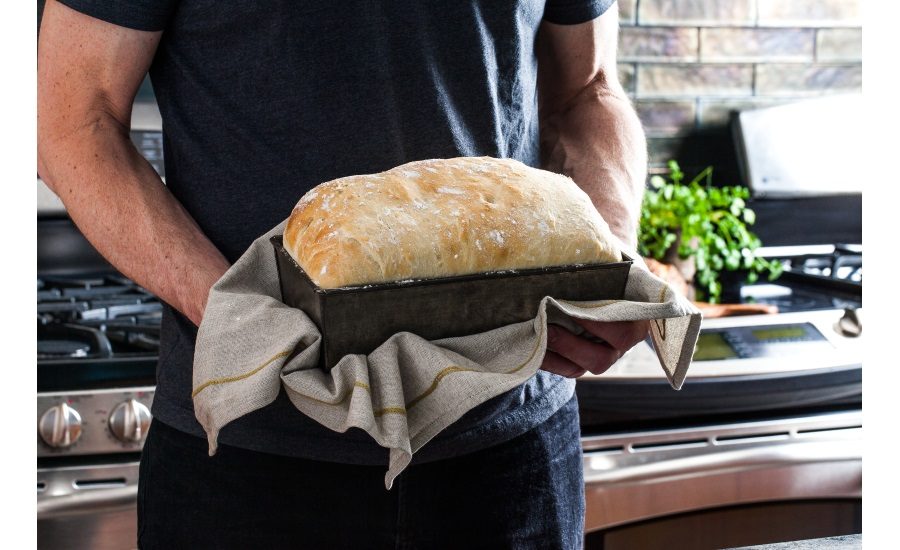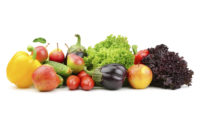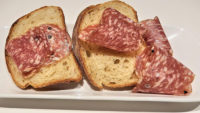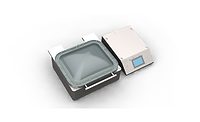Using natural ingredients to safely extend food and beverage shelf life








Shelf life is a tricky thing—it depends on a variety of factors. One thing is for sure, though: if your product doesn’t have a long shelf life, it will impact how long stores will carry it for, and ultimately how many customers will purchase it.
Current trends
“Our continuing Kerry consumer research confirms that consumers are rejecting chemical preservatives as a category,” says Emma Cahill, BSC, MSC, senior strategic marketing manager, Kerry, Beloit, WI.
“In our Kerry Pioneering Preservatives consumer study, fully 47 percent of consumers are label-conscious consumers who check the ingredients label. Consumers are vilifying any unfamiliar chemical-sounding ingredient on the label and this reinforces to need to switch to more natural ingredients wherever possible in product formulation,” she says.
“Consumers are also looking at all aspects of the production process from environmentally friendly ingredient sourcing right through to final packaging. Minimal processing, sustainable packaging, easy-to-understand ingredient labels and positive front-of-package claims or certifications aid consumer trust across all categories. Using natural ingredients to deliver food safety and preservation is one key way product makers are addressing this important trend,” Cahill explains.
Jane Quartel, director of product management – antioxidants and food protection, Kalsec, Kalamazoo, MI, agrees with this assessment.
“The current trend in food protection continues on the natural trend of adding plant-derived ingredients and removing anything that is considered synthetic. What is different now is that this goes beyond what is printed on the food label,” she says.
“It is not good enough to have clean/clear labels, but food manufacturers also want to know how these plant-derived ingredients are processed. Any processing aids that do not have to go on the food label are scrutinized. So this trend is goes beyond “clean label” and into “clean processing”—thus creating further transparency for the consumer,” Quartel explains.
“We also see more and more food protection ingredients in combination; such as an antioxidant together with an antimicrobial in one product, often resulting in synergies. This enhances the overall protection and offers food manufacturers the convenience of one-stop shopping plus added performance,” she adds.
Cahill says that Kerry’s research is finding that the broad consumer trend to demand clean-label foods and beverages is here to stay and is powering a revolution in how foods and beverages are made, starting right from the ingredients used for food safety and preservation.
“One concern with substituting natural ingredients for chemical preservatives is ensuring that proper studies have been conducted to verify the safety profile of the new ingredient. It’s important that the product maker work closely with their ingredient supplier to ensure the supplier has Good Manufacturing Practices, strong environmental controls and a proven track record of studies to show consistency and reliability of the new ingredient over time. It’s important that the supplier offers transparency with respect to the origin and authenticity of the ingredients,” she explains.
“The continuing consumer demand for a reduction of sugar and salt for nutritional improvements and health and wellness has had a knock-on effect on food safety and shelf life. Our Kerry consumer research is seeing a resurgence of traditional and familiar food safety and preservation ingredients such as vinegar, extracts and lemon juice, as well as processes such as fermentation to develop beneficial ingredients for food protection,” Cahill notes.
Kerry sees an emerging consumer desire for “food as it should be” in the demand for traditional ingredients that fit or belong on a label, according to how consumer opinion is continually advancing on this issue over time, she comments.
“In bread, we see the increased use of sourdough and fermented flours, while in meat, the rise of vinegar-based preservation has grown exponentially as a highly disruptive clean-label technology,” remarks Cahill.
“In beverages, one trend is to incorporate function along with flavor as artisanal more-natural beverages such as kombucha come with inherent stability/alcohol concerns which can be addressed with technical expertise throughout traditional manufacturing via fermentation. Artisanal beverages with clean-label positioning naturally educate consumers on food quality. Educational campaigns by artisanal brands have increased consumer understanding and acceptance of natural sediment in beer and cloudiness in pressed apple juice.”
Changes and solutions
Quartel says that Kalsec offers a wide range of natural antioxidant ingredients suitable for the baking and snacking industries, including low flavor and low aroma antioxidants, plus offerings dispersible in oil or water, in dry or oleoresin formats.
Cahill says that Kerry’s Beyond the Label research report found that 47 percent of consumers now check the label ingredients and that 75 percent of consumers would pay more for clean-label foods.
“Taste is still very important for consumers, as the initial industry clean-label healthier offerings focused too much on function and nutrition and forgot about taste,” says Cahill.
These days, as taste is a key driver of repurchase and loyalty, the market has had to find solutions which combine taste and nutrition, she adds.
“Benefits such as longer shelf life, reduced calories, positive nutrition, etc. can’t come at the expense of taste. The big trend is using ingredients that not only deliver clean benefits such as function and nutrition but also the taste and food safety that consumers have come to expect,” Cahill remarks.
“It’s a significant challenge for product makers and ingredient suppliers face every day as they grapple with evolving consumer demands for more natural ingredients, taste and safe food.”
Looking for a reprint of this article?
From high-res PDFs to custom plaques, order your copy today!










